For those of us who love video games, I don’t think there’s any doubt that the various consoles we’ve come in contact with throughout our lives have left behind their own unique memories. Gaming is an interactive medium, afterall, and it’s an art form that you don’t simply sit there and view, but one which you fully interact with. And it’s this interaction, I feel, that can make the experience so much more personal, by and large, than going to the movies for a couple of hours.
The Dreamcast, for me, was the system where I completed what had been my gradual transition from “childhood gamer” to “hardcore gamer.” It was when I went from simply playing multiplayer games with my friends, or games that I’d seen advertised on TV, to someone who actively looked up and discussed video games on the internet. It was when I began to follow the industry more closely and discover genres that I’d never known existed. And in the case of Evolution: The World of Sacred Device, it was my first real Japanese RPG experience.
It’s funny because looking at the mostly negative reception the game has received among the gaming community, and even comparing it to its contemporaries (the game actually released months after Final Fantasy VIII) it becomes more apparent that while I can’t argue with much of the criticism leveled at it, and while I never managed the complete the game, I enjoyed the hell out of it.
The Characters
There’s no getting around it for me; Evolution featured a cast of characters who may not have been the deepest around, but as far as pure charm went, they were all likable from the start. Whether it was main character Mag Launcher and his thirst for adventure (and crippling debts) or the quiet and mysterious Linear, or of course the strong-willed Pepper and rival Chain, every character to me was instantly memorable. Together they all had a great dynamic, and I remember it actually being a difficult choice to decide who would accompany me on my adventures through the various ruins.
Of course, I know now that these characters were about as standard as you can get as far as Japanese RPGs go, but to a person very new to this type of story-driven game, I was surprised at how funny their dialogue was, and how they functioned as a party. They all played very differently in combat as well, each with their own Cyframes, their own abilities to unlock, and their own potential for growth. Combat was a very basic turn-based affair, but the craziness of the special moves and the personalities of each character added so much flair to the proceedings.
The characters were actually one of the few things that I remember critics back in the day praising, and they would all make a return in Evolution 2, but that’s for next week…
The Town
One thing that’s become quite apparent over this past console generation we’ve just been through; Japanese RPG fans love their towns.
I’ll be the first to admit that Evolution, to a seasoned RPG fan, was seriously lacking in this area; its one city, Pannam Town, occupied an area smaller than Station Square and featured almost nothing to do but chat with your main party members, visit the Society Museum, and upgrade your equipment. Still, it had a definite “feel” to it; It was a small town for sure, and that was a drawback. What I liked far more about it though was the purpose that it served in the game. Evolution was a dungeon crawler, and it made no effort to hide this. The dungeons were lonely, randomly generated towers, with nothing but enemy encounters and good, but downbeat, atmospheric music playing as you went from floor to floor. It was a sigh of relief, then, to clear the boss at the top and arrive back in the cheerful Pannam Town, with all your characters around to talk to, cutscenes to witness, and its bright presentation.
It wasn’t much of a town, by any standard. But it’s the feeling that stuck with me. When I eventually delved into real Japanese RPGs down the line on the PS2, this “feeling” being present in each RPG’ towns would become a major factor in my enjoyment of the games at large. And the feeling I got from the towns in the Evolution games (though I’ll give Shenmue credit here as well) definitely played a role in that.
The Tunes
One cool thing about the timing of the Dreamcast as a transitional console was that it carried with it some of the old, while at the same time diving the industry headfirst into a new era. Though we saw substantial advancements in the category of video game audio on SEGA’s final gray box, we also saw some great MIDI music that benefitted from the more modern technology and larger disc space. Skies of Arcadia and Grandia II are the best examples of great MIDI on the system, but Evolution also featured a MIDI score that makes me equally nostalgic; both in equal measure for PS1/N64, as well as for the early 128 bit era. At the time I thought it was warm and pleasant, and while in the dungeons, moody and atmospheric. Nowadays, it’s probably the category that stands out to me the most upon replaying it, if only for the pleasant nostalgia it effortlessly gives off.
The rest…
I’m not going to go too out of my way to defend the rest of the game. The random dungeons could be incredibly boring, the difficulty spikes of the bosses and the fact that they leveled up with you threw the game’s balance totally off, and of course, the fact that you’re dealing with a pretty limited RPG; a dungeon crawler, simply put, makes it understandable why this series didn’t experience a life beyond the Dreamcast and its eventual Gamecube port.
But as a preteen who just happened to stumble across Evolution while in a Blockbuster looking for cool things to rent on my new Dreamcast, it was a game unlike anything I’d played before. It was flawed in many ways, but at the same time, this simple, charming, fun Japanese RPG dungeon crawler grabbed my attention from the start. It taught me what a turn-based battle system was. It gave me that sense of Japanese RPG “warmth” that I hadn’t seen up until that point. And to a little kid, it felt like a real adventure when Mag and his crew took off in their seaplane to explore and conquer the dark ruins. It’s what got me into Japanese RPGs; a subgenre that would become a huge aspect of my time spent gaming going forward, and one that to this day holds some of my favorite gaming memories of all time.
It’s in this way that a game that many deemed to be trash turned out to be a treasure, at least, as far as I was concerned.
Then there was Evolution 2, a sequel that made some major improvements to the original. Improvements which nevertheless went completely unappreciated among the critical community. But that’s for next week…
Ad:
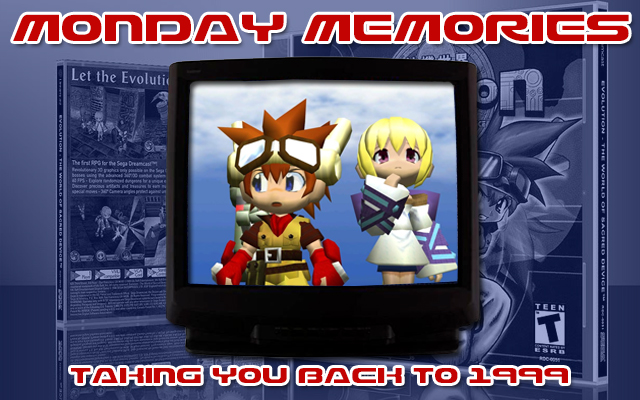
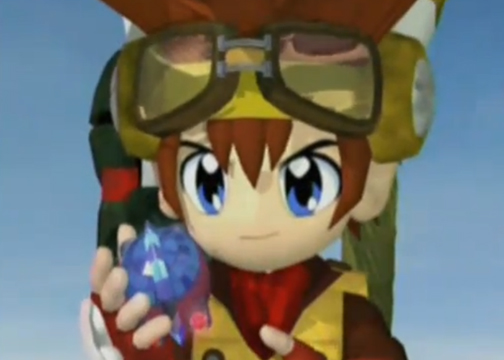
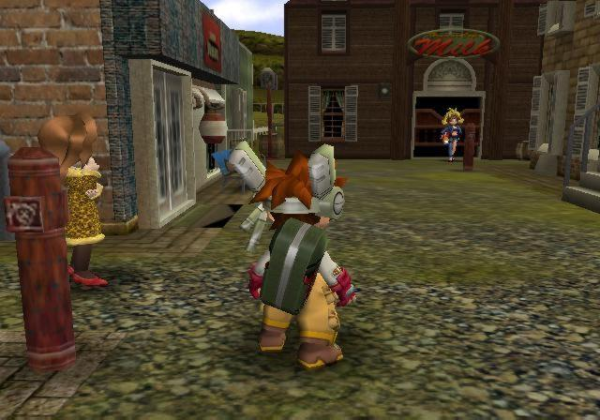
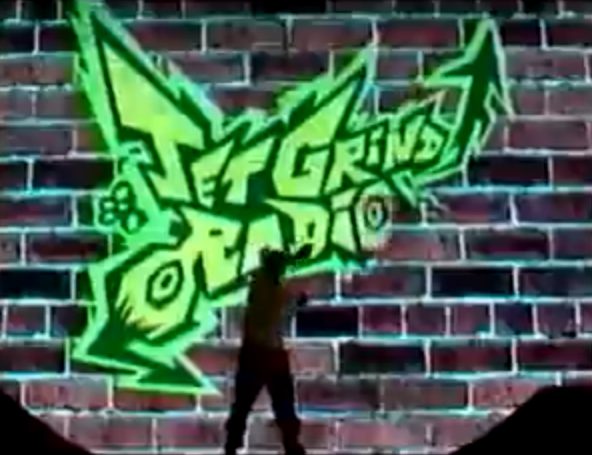


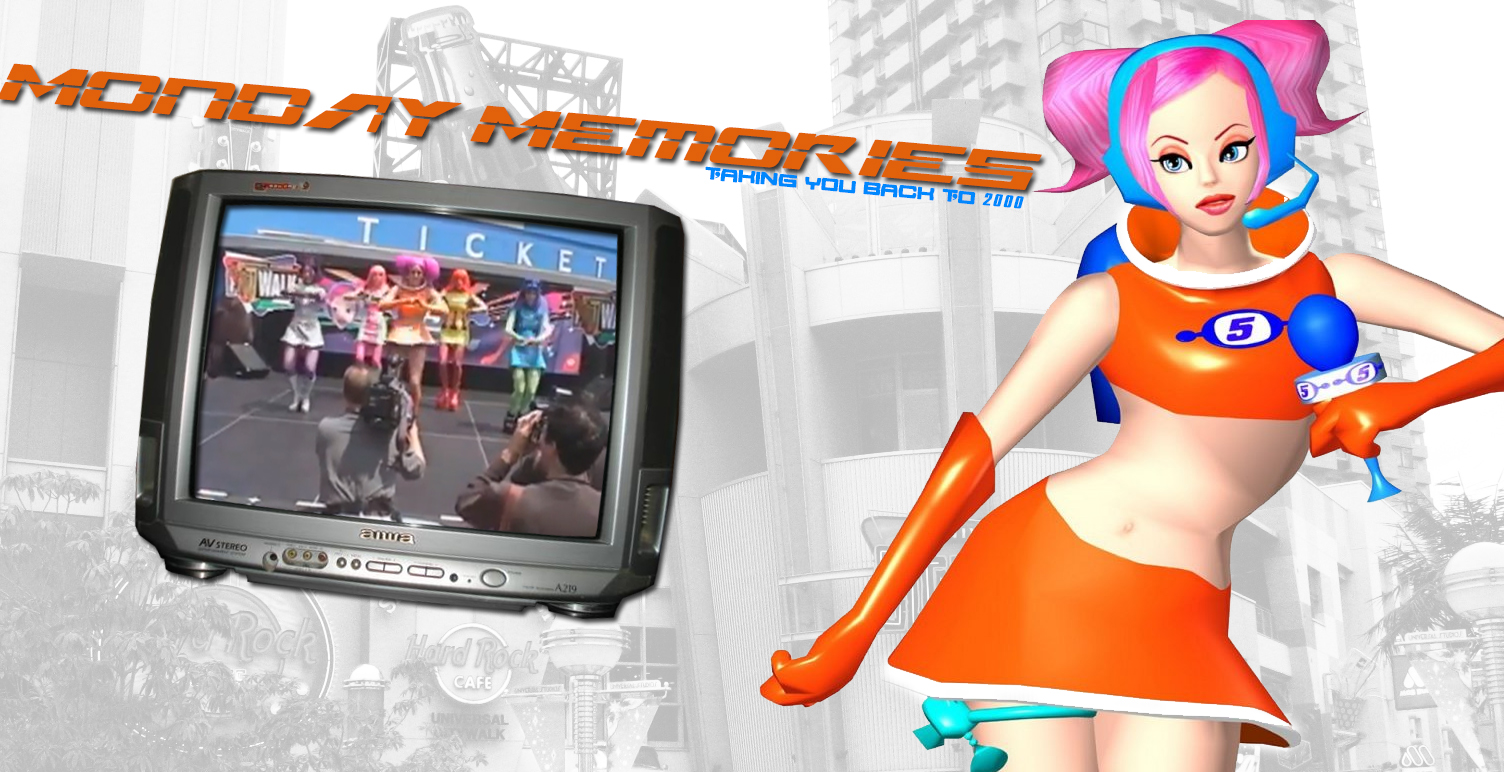
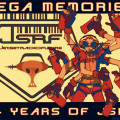
Great article and I feel very similarly about the game. Charming characters and a lovely score harken back to a time when games were simpler. As for it’s critical reception I seem to remember it averaged around 6’s and 7’s from major outlets, not too bad!
this is a minor quibble but I’m pretty sure that town shot you picked is from the sequel.
I rented both Evolutions at the same time from Blockbuster shortly after the sequel’s release, and I didn’t get very far. I’ve never really played RPGs (I can count the exact number on both hands), but these games in particular bored the hell out of me. You’re correct in saying there is undisputed charm and whimsy with the characters and music, but, yeah, everything is a wash.
On somewhat of side note: I’ve been stuck on the last boss in the NGPC version of Evolution for almost a decade now. I think I screwed myself into never being able to beat boss, so I might as well start a new game.
“this is a minor quibble but I’m pretty sure that town shot you picked is from the sequel.”
(First of all, thanks for the praise!)
But nah, definitely that’s Pannam Town. The sequel took place entirely in Museville and that image was definitely not from that.
If anything I think that pic’s from the Gamecube version, but definitely it’s not from Evolution 2.
“You’re correct in saying there is undisputed charm and whimsy with the characters and music, but, yeah, everything is a wash.”
Yup. I can definitely understand that point of view. I don’t entirely disagree with it either, haha.
hm weird. I never played Evolution 2 but I definitely never remember Mag having that jacket in the first game.
Yeah, that’s his Evolution 2 costume. Pretty sure for Evolution Worlds (which was the Gamecube port, where they basically combined the 2 games) they just used his Evolution 2 character model throughout both games.
But yeah, Pannam Town wasn’t in Evolution 2.
Evolution 2 took place in Museville;
http://www.ign.com/images/games/evolution-2-far-off-promise-dc-12689/4fa6c979cdc388ed13e4d2c9
Man on another note, you wanna talk about trash to treasure, I remember being so jrpg starved on the dreamcast I sank a number of hours into Time Stalkers. Even at 12 years old I knew that one was a stinker.
Hahaha I never played Time Stalkers, though I considered it a couple years back just for the hell of it.
This was one of my first true JRPG games I played. Remember beating the first game then getting half way through the second only for my Dreamcast to breakdown on me. I really didn’t find the bosses to be a real problem, or any of the enemies. You just had to grind a lot which made the game a bit tedious. Especially with the level designs being not that inspiring.